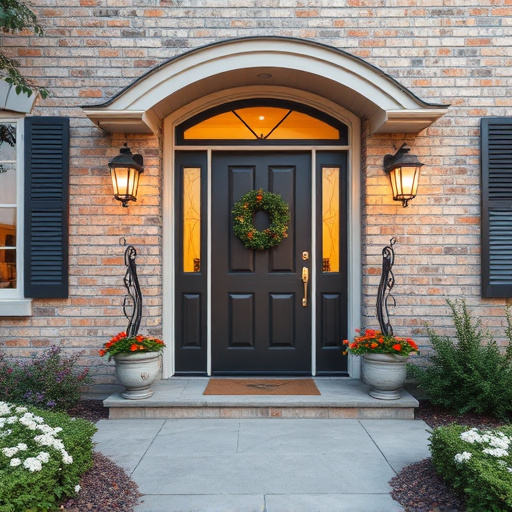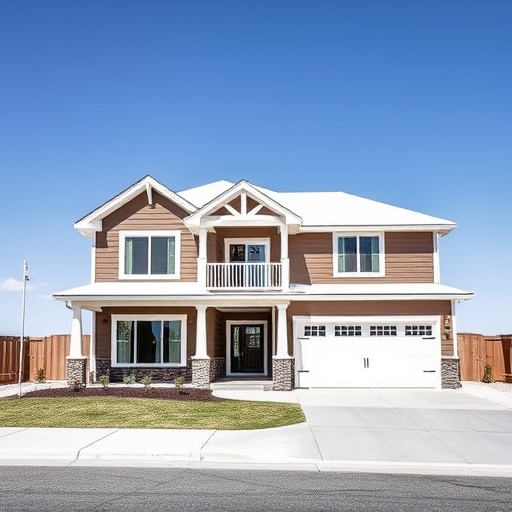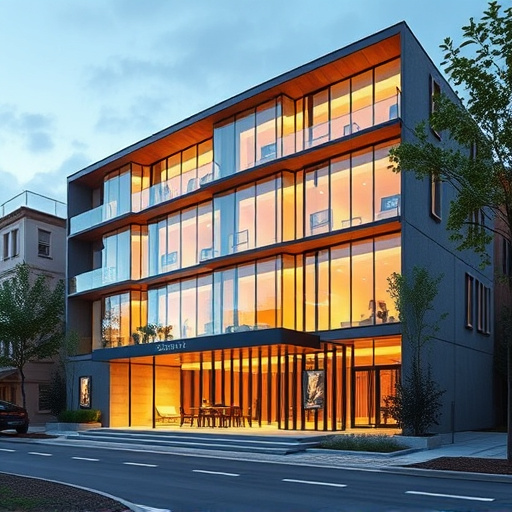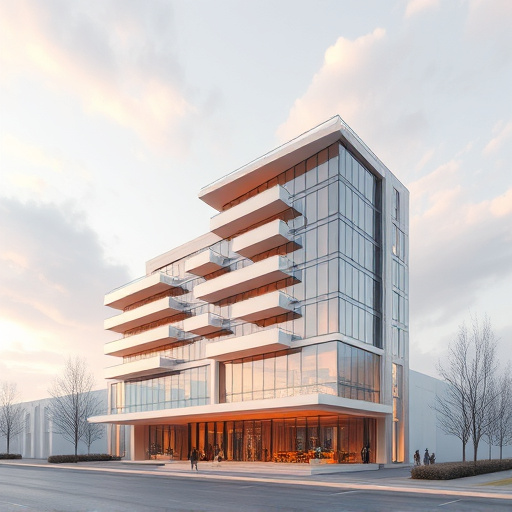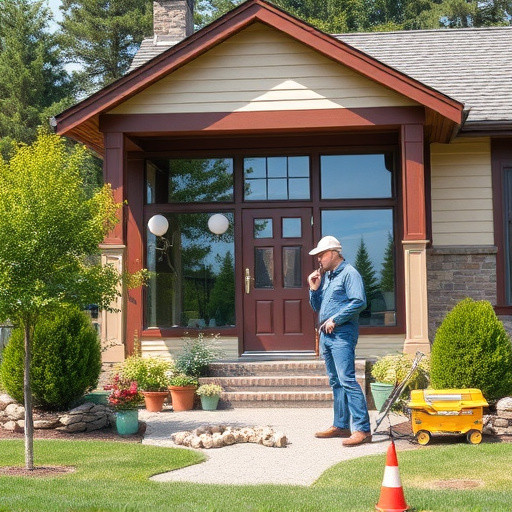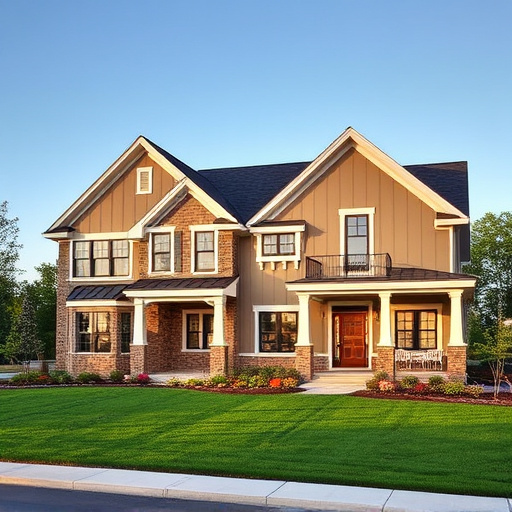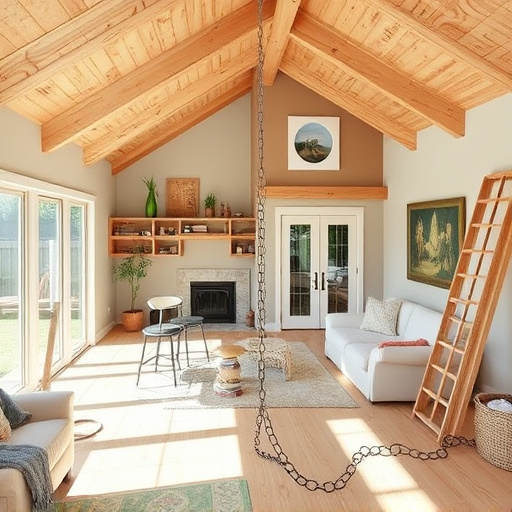When remodeling floors, consider material advantages and disadvantages. Wood adds elegance but needs more maintenance; tile is durable and moisture-resistant with endless styles. Combining flooring types creates depth, requiring strategic balance and harmony. In bathrooms, mix carpeting with water-resistant woods or tiles for luxury. Strategic planning balances contrast and similarity throughout your home, especially in moist areas. This versatile approach allows creative expression while maintaining consistency.
Looking to revolutionize your home’s floorplan? Combining flooring types during a remodel offers endless design possibilities. This guide takes you through the process, from evaluating top options like wood, tile, and carpet, to strategically mixing textures and styles for maximum visual impact. Discover how to achieve harmonious results by blending floor types across different rooms, creating a unique, tailored space that truly reflects your style. Dive into these expert tips for a successful flooring remodel.
- Evaluating Your Flooring Options: Wood, Tile, and Carpet
- Strategically Combining Textures and Styles for Visual Impact
- Achieving Harmony: Mixing Floor Types in Different Rooms
Evaluating Your Flooring Options: Wood, Tile, and Carpet
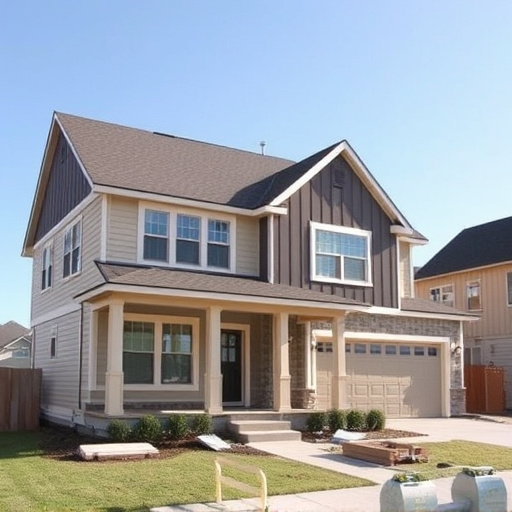
When evaluating options for your flooring remodel, understanding the pros and cons of each material is essential. Wood floors offer a timeless elegance and can be refinished multiple times, making them a popular choice for both aesthetic appeal and longevity. They’re versatile, suiting various design styles from rustic to modern, and they can easily be combined with other flooring types to create unique patterns or contrasts. However, wood may require more maintenance than other options due to its porosity, necessitating regular polishing and sealing.
Tile flooring is another excellent choice for a remodel, especially in high-traffic areas like kitchens and bathrooms. It’s durable, moisture-resistant, and available in countless styles, colors, and textures, making it ideal for both residential renovations and bathroom transformations. Tile can be used to create stunning, eye-catching backsplashes or floor designs that stand out against traditional carpeting. Despite its hardness, tile can feel cozy underfoot when paired with soft furnishings, offering a comfortable balance in spaces undergoing interior painting or other aesthetic updates.
Strategically Combining Textures and Styles for Visual Impact
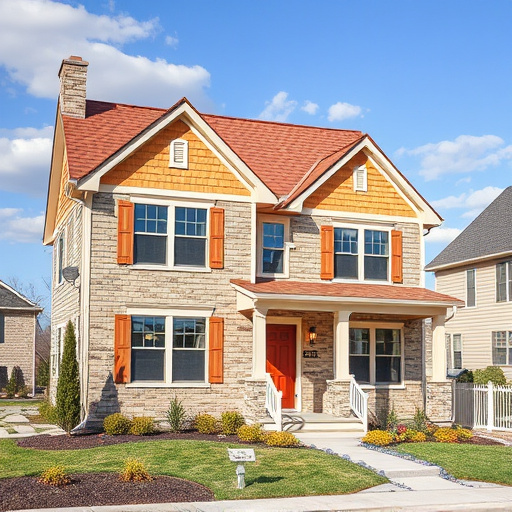
When combining flooring types during a remodel, the key to making it visually appealing lies in strategic texture and style integration. Mixing different flooring materials can create depth and interest, but it’s essential to maintain balance and harmony. Start by identifying a dominant flooring style—for instance, wood for warmth or tile for modernity—and complement it with contrasting textures. In a modern kitchen remodel, you might pair polished concrete floors with woven bamboo rugs to add a touch of rustic charm amidst sleek cabinets and stainless steel appliances.
In bathroom renovations, the right combination can transform a space from mundane to luxurious. Consider using plush carpeting in a bedroom area and transitioning to water-resistant wood or tile flooring in the main living areas. This blend adds comfort and visual variety, enhancing the overall aesthetics of your home remodeling project, whether it’s an interior painting refresh or a complete home remodel.
Achieving Harmony: Mixing Floor Types in Different Rooms
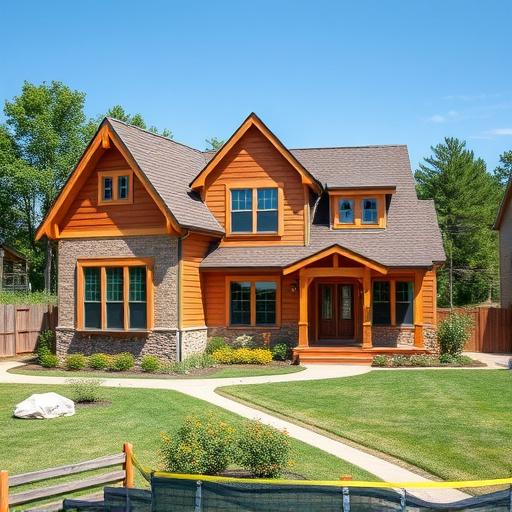
When remodeling your home, creating harmony between different flooring types in each room can be a delightful design challenge. Mixing floor materials can add depth and visual interest to your interior spaces, but it requires careful consideration to ensure a cohesive look. The key is to balance contrast and similarity—for instance, pairing a dark wooden floor with lighter tiles or vice versa. In living areas like the dining room or family lounge, you might experiment with combining hardwood with tile or vinyl, creating a striking yet balanced effect.
In rooms like the bathroom and kitchen, where moisture and humidity are higher, choosing water-resistant materials becomes essential. Here, you can seamlessly blend tiles, luxury vinyl planks (LVP), or engineered wood flooring to create a seamless flow between spaces. For example, using the same LVP in both the kitchen and adjacent mudroom ensures a consistent look while offering practicality for wet conditions. This versatile approach allows for creativity in design while streamlining your overall flooring remodel process.
Combining different flooring types during a remodel can create a unique, visually appealing space that reflects your personal style. By carefully evaluating your options and strategically mixing textures and styles, you can achieve a balanced and harmonious home. Whether it’s showcasing contrasting materials in the living room or unifying various floor types throughout the house, this approach adds depth and character to your flooring remodel.


